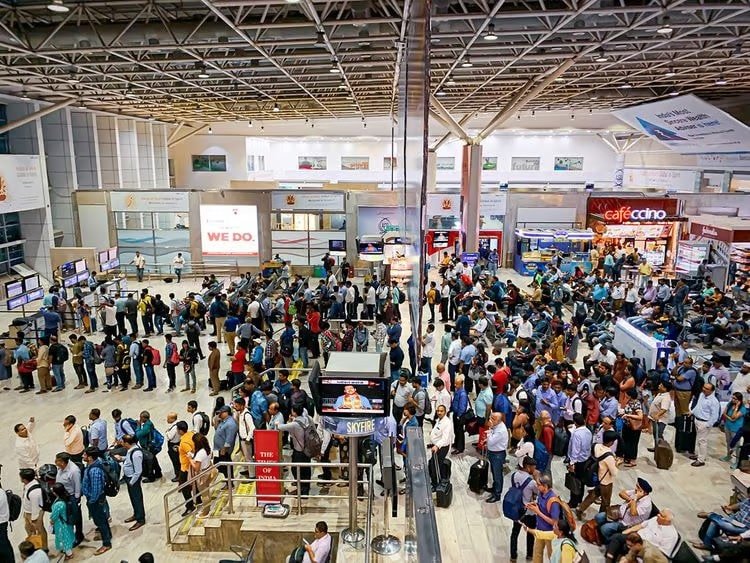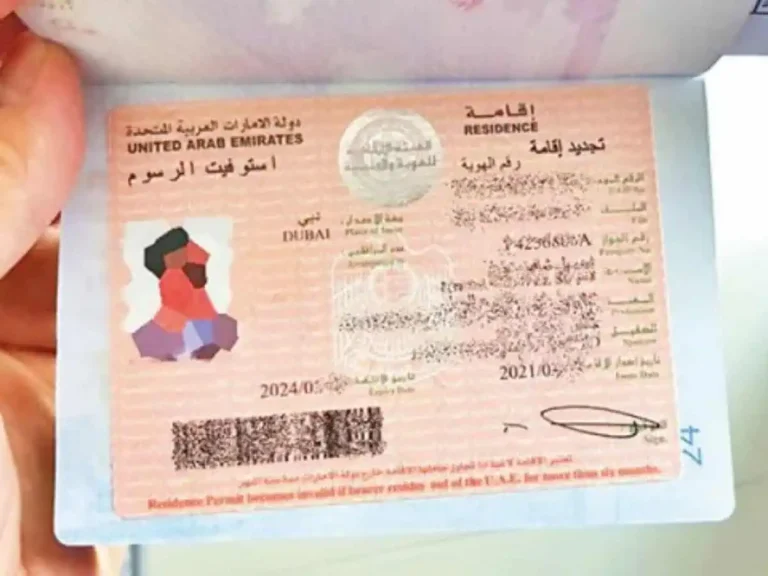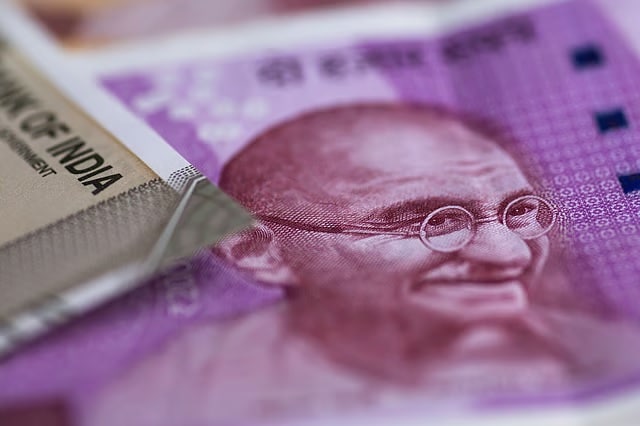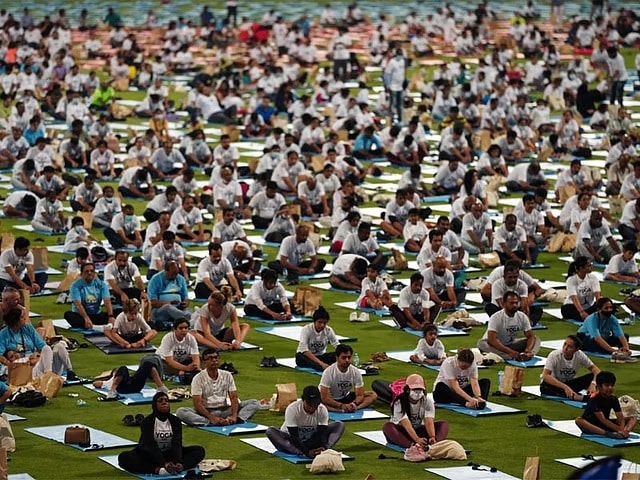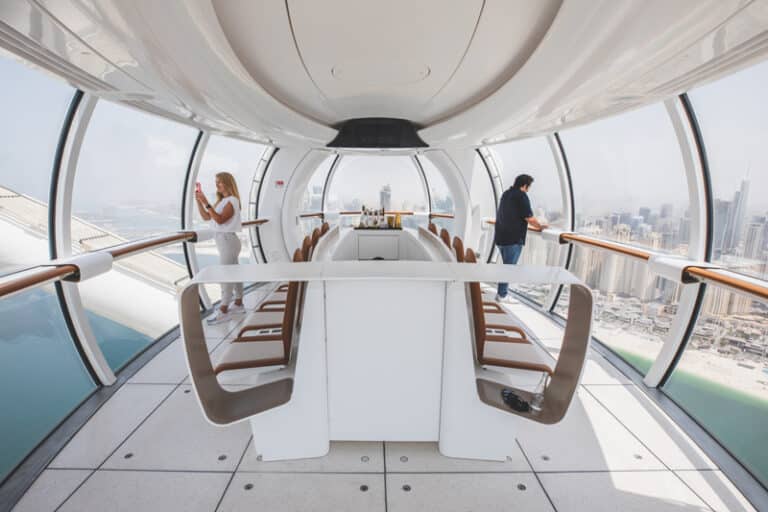UAE-India Airfares Drop 80%, Tier-2 Destinations Cost More
After skyrocketing to over Dh2,500 during the festive December season and peak winter travel, airfares on UAE-India routes have seen a sharp decline, offering welcome relief to budget-conscious travelers. Economy-class tickets to key destinations like Mumbai and Delhi now range between Dh753 and Dh900, significantly lower than the December highs.
While this price drop is typical of the off-peak season, which spans from January to mid-April, ticket prices to tier-2 Indian cities remain comparatively higher. For example, fares to Jaipur, Varanasi, and Indore exceed Dh1,000, with prices at Dh1,128, Dh1,755, and Dh1,235, respectively.
Affordable Fares for Major Cities
Travelers planning trips to popular metros like Mumbai, Delhi, and Bengaluru are in for a treat, as fares have dropped below Dh1,000. “It’s a great time to book tickets for February and March to take advantage of these low rates,” said Mehar Sawlani, Director of Sales at Richmond Gulf Travels. Fares to Mumbai are expected to drop further to Dh813 in late February and March.
These reduced rates are anticipated to remain stable until early April, even as inbound travel from the UAE peaks during these months.
Higher Costs for Tier-2 Cities
Unlike major metros, tier-2 destinations such as Jaipur, Nagpur, and Goa continue to command higher fares. Limited flight frequencies and reliance on budget carriers like IndiGo, SpiceJet, and Air India Express contribute to these elevated prices. Full-service airlines, including Air India, ceased services to many smaller cities in 2022, further limiting options.
Some current fares to tier-2 cities include:
- Jaipur: Dh1,583
- Nagpur: Dh1,385
- Goa: Dh1,286
Fares to South Indian cities like Kochi, Mangalore, and Chennai are more affordable, averaging between Dh1,125 and Dh1,380, compared to the December highs of Dh1,900 to Dh3,100.
Aircraft Shortages Impacting Fares
Despite the current drop, airfares in 2025 are expected to remain high overall due to robust passenger demand and delayed aircraft deliveries. The International Air Transport Association (IATA) reported that aircraft deliveries have dropped by 30% from their 2018 peak. With a record backlog of 17,000 aircraft orders, it would take 14 years to clear at current delivery rates.
Deliveries for 2025 are projected at 1,802 planes, falling short of earlier estimates of 2,293. This shortage is likely to keep upward pressure on fares in the long term.
